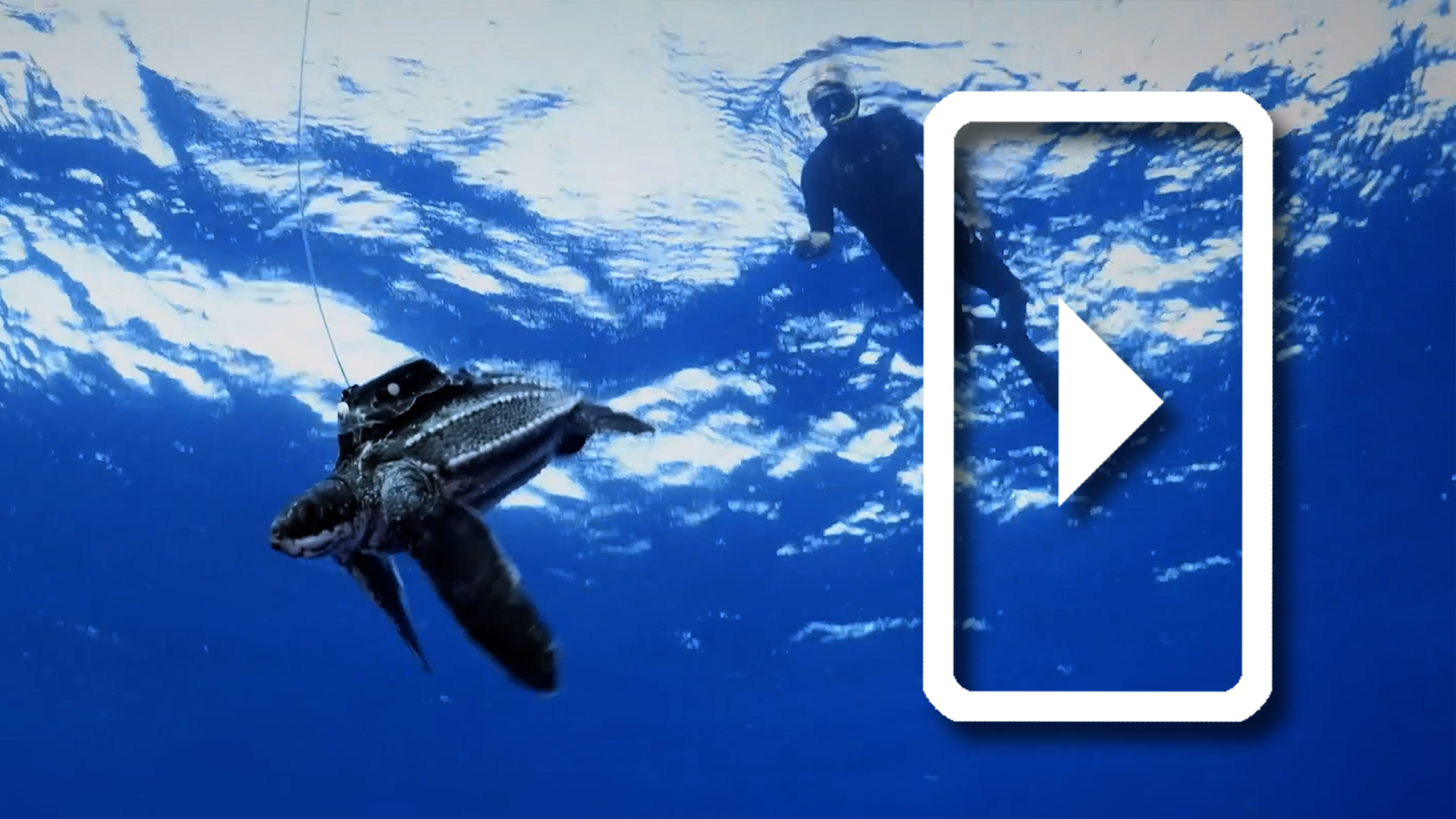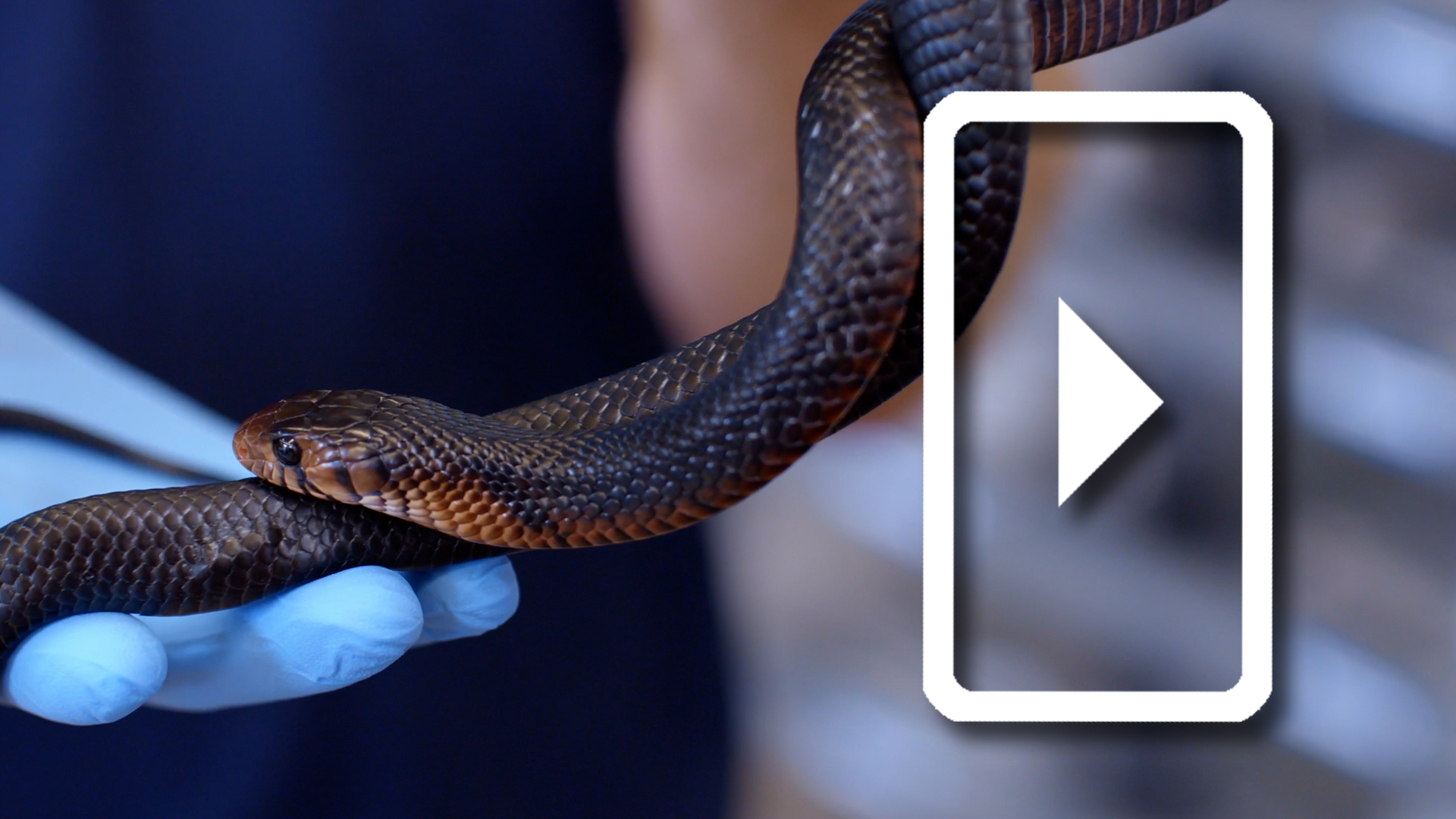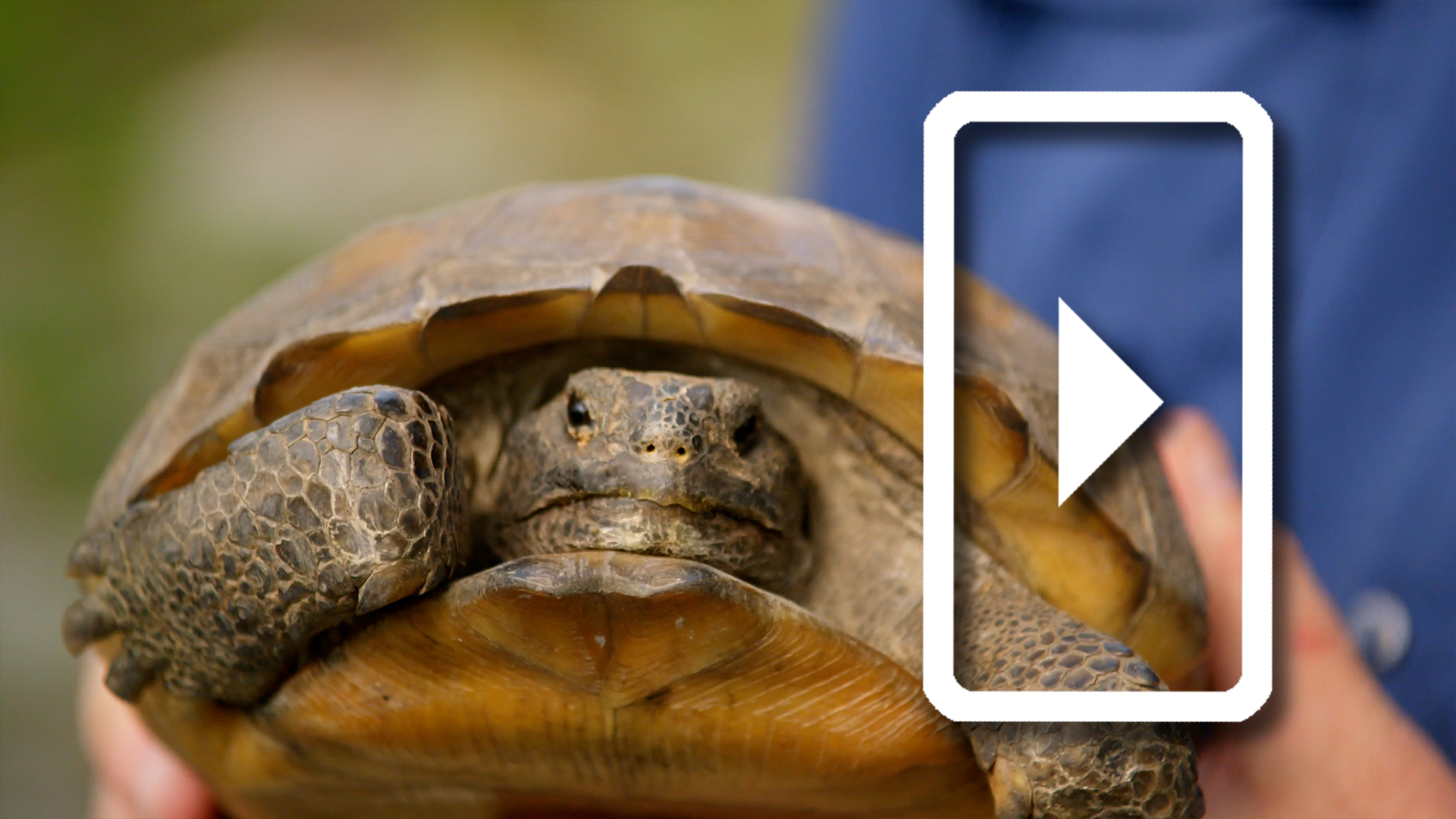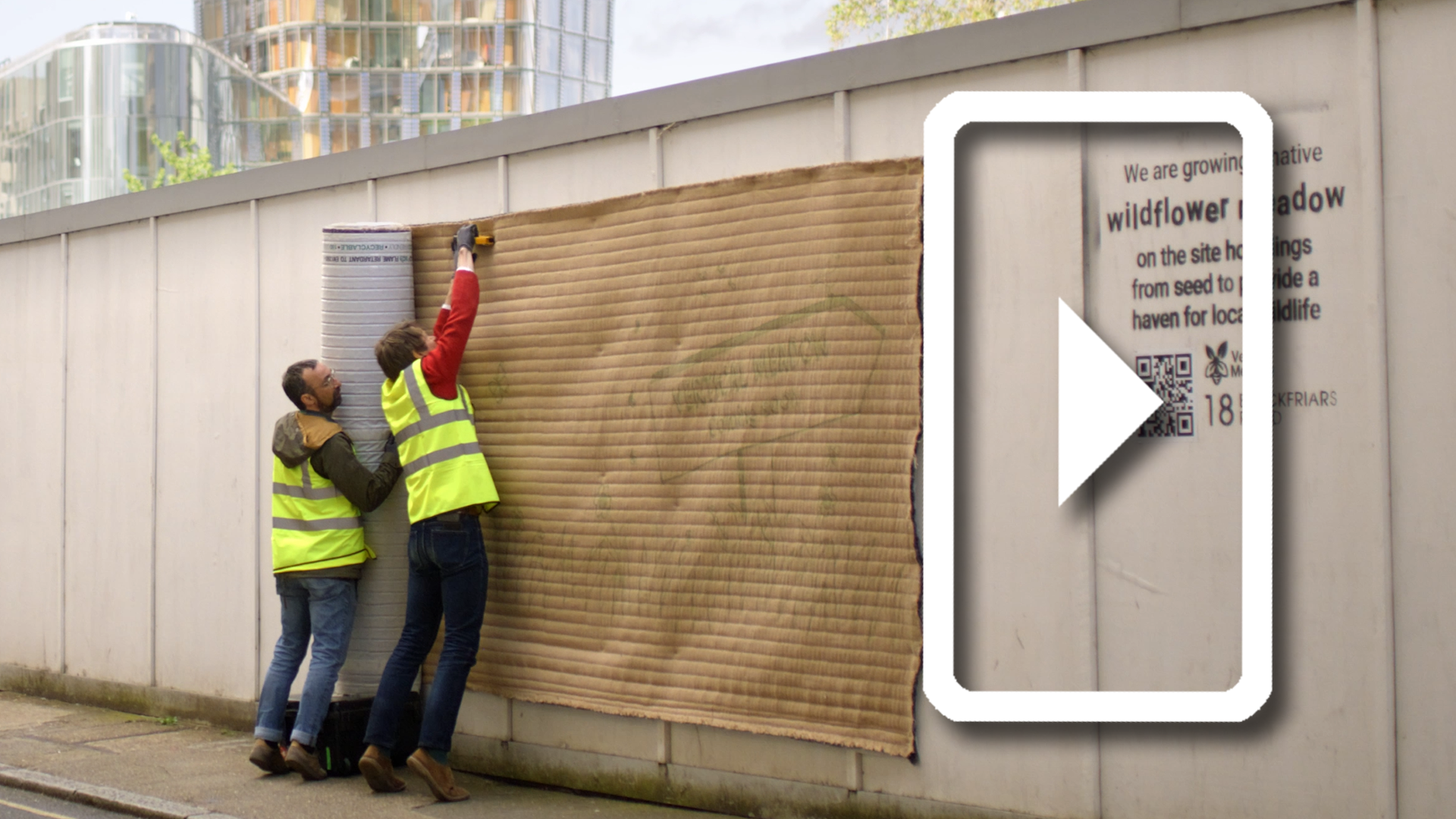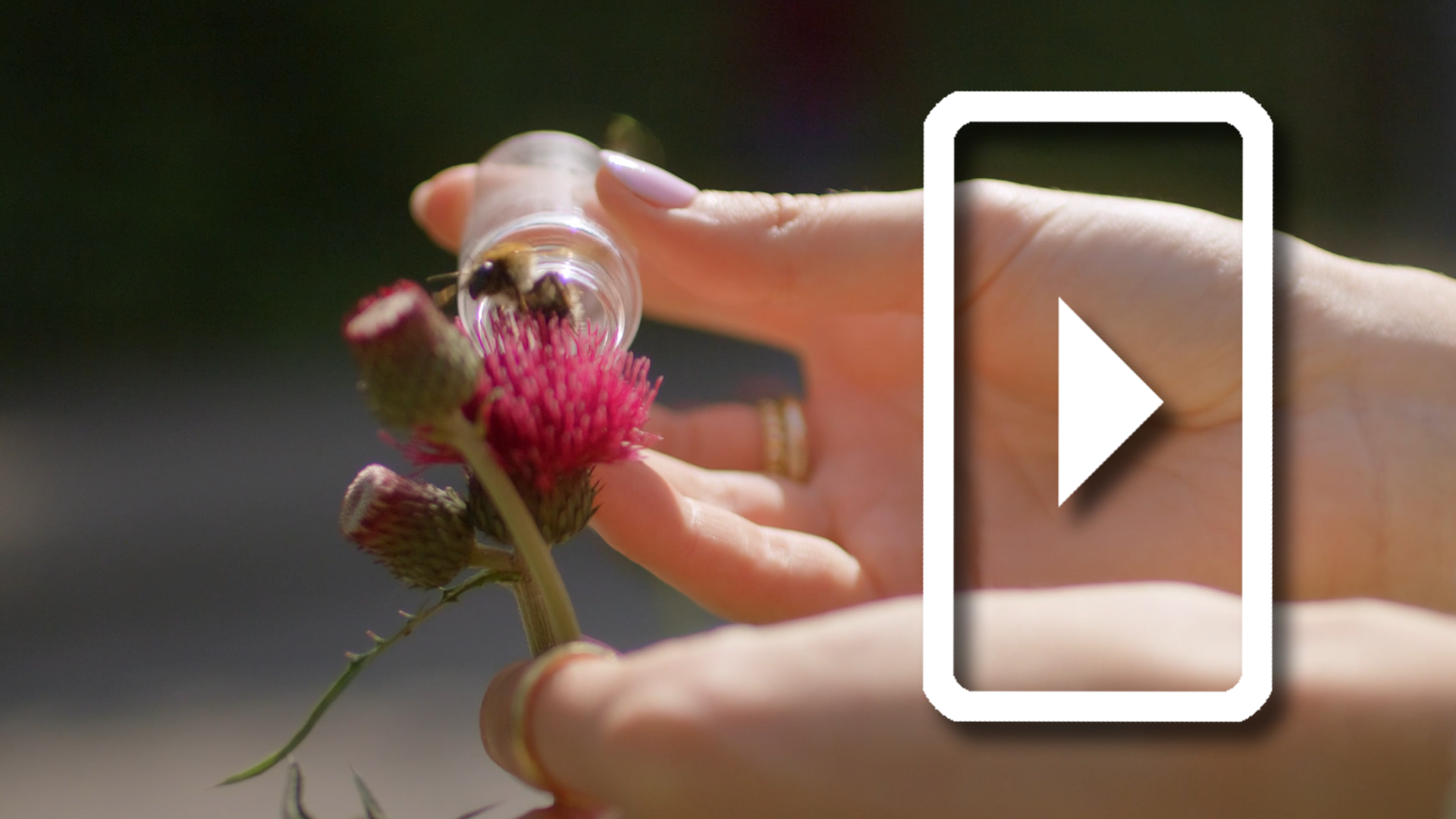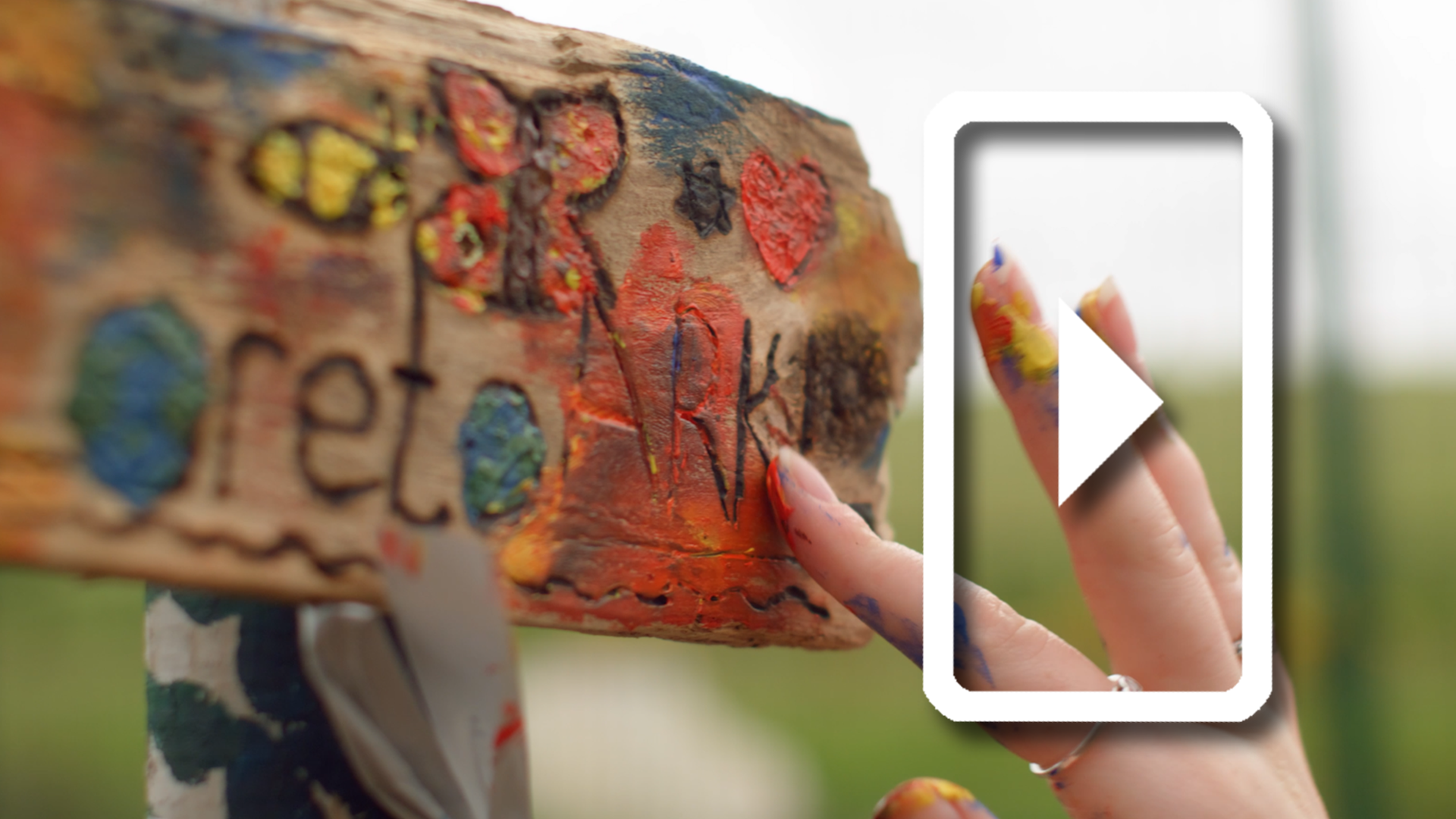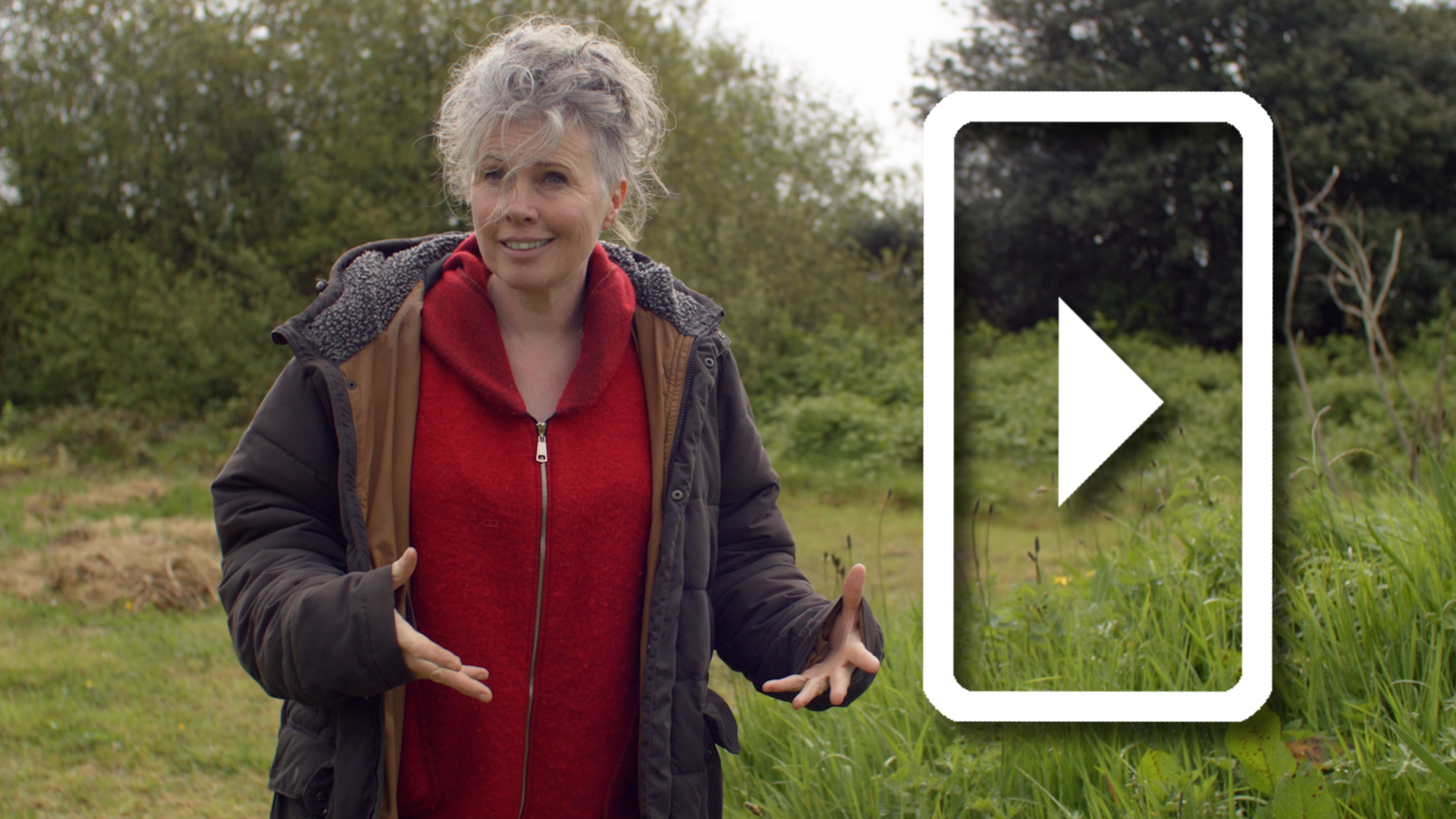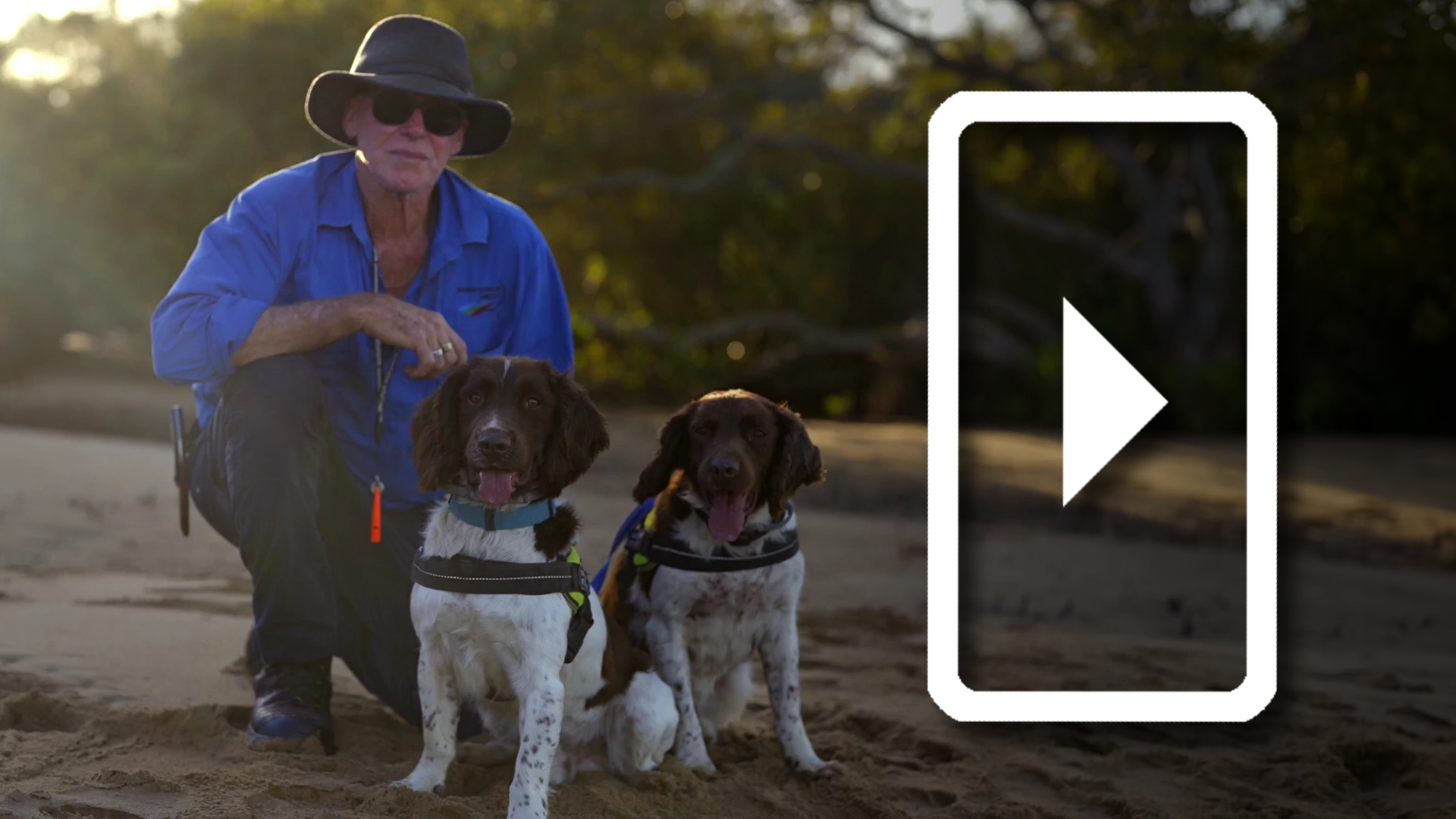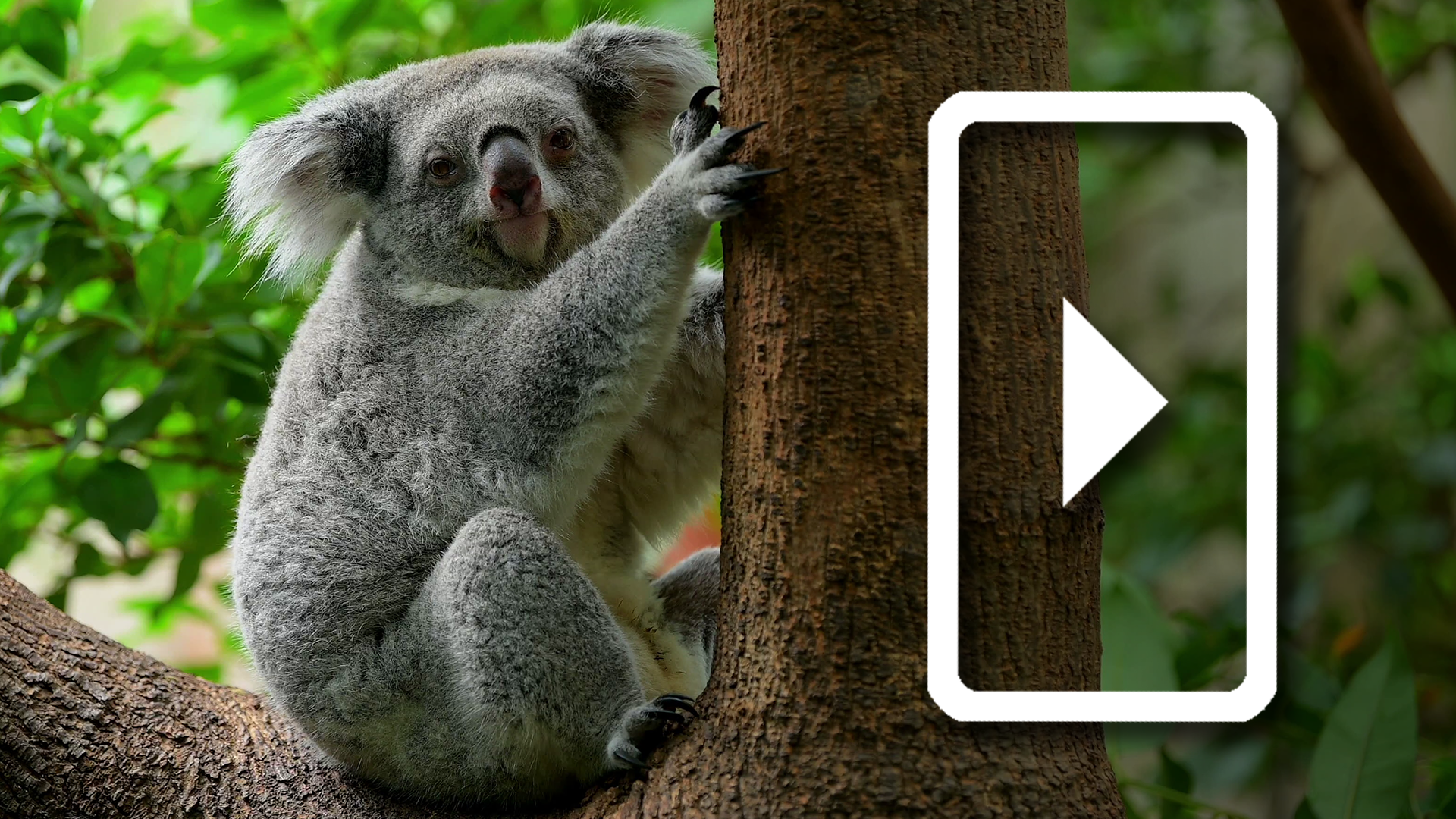Archives: Highlights
-
Tracking Baby Leatherbacks
Leatherback turtles never stop swimming! This Florida lab uses tiny tethers so young hatchlings can swim constantly but avoid bumping into the wall of the tank. When they’re old enough, the young turtles are fitted with satellite trackers and released into the wild.
-
Meet the Indigo Snake!
Indigo snakes prey on other snakes—even venomous ones—but are still docile-enough to be handled by young children. Now, a one-of-a kind breeding program is raising these gentle giants and returning them to forests across the southeastern US.
-
Meet the Gopher Tortoise!
Gopher tortoises create deep burrows that give critical shelter to over 350 species of insects, mammals, birds, and amphibians throughout the southeastern US. Their blood may be cold, but their heart is all warm inside!
-
Building Vertical Meadows
Engineer Alistair Law explains his idea for a Vertical Meadow, and the way they bring food and habitat to a range of wildlife within the city.
-
“B-Lines” and Pollinator Corridors
Scarlett Weston is helping to establish “B-Lines” to create stepping stones for pollinators and other wildlife to move through London and across Britain.
-
Student Rewilders
These students in Ireland, like many young people around the world, are finding a way to act in the face of climate change and biodiversity loss: by building an ARK and rewilding a small patch of nature.
-
How to Build an Ark
Whether you have a small yard, a hundred open acres, or just a flowerbox on a windowsill, there are a few easy steps that anyone can take to turn available land into an natural garden that protects biodiversity.
-
Foxes & Sea Turtles
The sex of baby sea turtles is determined by the warmth of their nest, so conservationists in Australia are protecting hatchlings on the mainland (where dark sand means warm temps and more females) from threats—and help ensure more future mammas make it to the sea.
-
Searching for Koalas
Dogs in Australia are sniffing out koala dung to help cities like Brisbane know where to put highway overpasses and reconnect isolated populations of the adorable marsupials.
-
Nuns & Achoques
Biologists in Mexico are learning how to save endangered salamanders by partnering with unusual allies: a group of nuns.
